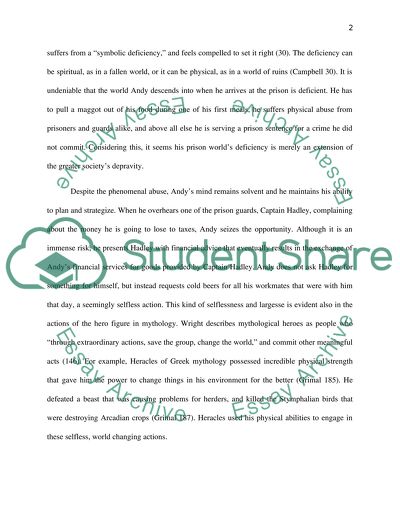Cite this document
(“The Shawshank Redemption and its Relation to Greek Mythology Term Paper”, n.d.)
Retrieved from https://studentshare.org/visual-arts-film-studies/1397986-the-shawshank-redemption-and-its-relation-to-greek
Retrieved from https://studentshare.org/visual-arts-film-studies/1397986-the-shawshank-redemption-and-its-relation-to-greek
(The Shawshank Redemption and Its Relation to Greek Mythology Term Paper)
https://studentshare.org/visual-arts-film-studies/1397986-the-shawshank-redemption-and-its-relation-to-greek.
https://studentshare.org/visual-arts-film-studies/1397986-the-shawshank-redemption-and-its-relation-to-greek.
“The Shawshank Redemption and Its Relation to Greek Mythology Term Paper”, n.d. https://studentshare.org/visual-arts-film-studies/1397986-the-shawshank-redemption-and-its-relation-to-greek.


